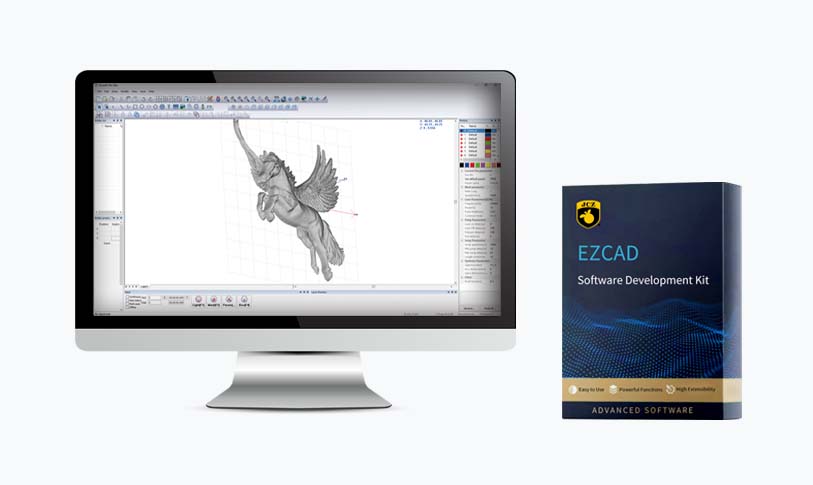
Exploring the Technology Behind Galvo Scanning Mirrors: Applications, Advantages, and Future Developments in Precision Scanning Systems
Galvo scanning mirrors, or galvanometric scanning mirrors, have transformed a plethora of industries by enabling precise and rapid laser beam positioning. This intricate technology, often employed in laser engraving, manufacturing, and medical applications, allows for efficient control of laser movements with high accuracy. In this article, we will delve into the workings of galvo scanning mirrors, their various applications, advantages, and potential advancements that may define their future.
**Understanding Galvo Scanning Mirrors**
At the heart of galvo scanning technology lies a system comprising laser beams directed onto a set of mirrors that are mounted on galvanometers, which are electromagnetic devices capable of rapidly adjusting the angles of the mirrors. By varying the angles of these mirrors almost instantaneously, the laser beam can be precisely directed to trace intricate patterns or shapes, whether on flat surfaces or within three-dimensional structures.
Galvo mirrors can be categorized into two main types: X and Y axis mirrors. The X-axis mirror controls the horizontal movement of the laser beam, while the Y-axis mirror manages vertical positioning. By efficiently performing dual-axis scanning, these mirrors facilitate a range of normal-to-complex laser operations.
**Applications of Galvo Scanning Mirrors**
The versatility of galvo scanning mirrors has made them indispensable in various domains:
1. **Laser Engraving and Marking**: One of the most common applications of galvo scanning mirrors is in laser engraving machines. They enable the fast and precise engraving of designs on materials such as metal, wood, and glass. By utilizing galvo mirrors, manufacturers can achieve higher speed and accuracy in engraving processes, leading to improved throughput and product quality.
2. **3D Printing and Additive Manufacturing**: In the realm of additive manufacturing, galvo scanning mirrors are increasingly being integrated into laser sintering systems. Their precision allows for the selective melting of powdered materials, layer by layer, resulting in complex geometries and highly detailed structures. The quick response time of these mirrors enhances the efficiency of the printing process.
3. **Medical Applications**: Galvo scanning mirrors play a crucial role in medical procedures that utilize laser technology. For instance, they are used in laser surgeries for tissue ablation or repair, where precision is paramount. The ability to rapidly adjust the laser beam’s path ensures that delicate procedures can be performed safely and effectively.
4. **Optical Systems and Scientific Research**: Researchers utilize galvo scanning mirrors in various optical setups, such as confocal microscopy and laser scanning microscopy. These mirrors enable the manipulation of laser beams needed for imaging systems, allowing for high-resolution imaging and analysis of samples.

Exploring the Technology Behind Galvo Scanning Mirrors: Applications, Advantages, and Future Developments in Precision Scanning Systems
**Advantages of Galvo Scanning Mirrors**
The use of galvo scanning mirrors presents numerous advantages:
– **Speed and Efficiency**: The rapid response time of galvanometric systems allows for faster scanning speeds compared to traditional mechanical movement systems. This efficiency translates to shorter cycle times in manufacturing processes, which is particularly critical in high-throughput environments.
– **Precision**: Galvo mirrors are known for their exceptional angular accuracy. This precision ensures that laser output remains consistent and high quality, regardless of the complexity of the design being processed.
– **Minimal Mechanical Wear**: Since galvo mirrors rely on electromagnetic systems rather than mechanical gears, they experience less wear and tear. This longevity leads to reduced maintenance costs and extended operational life.
– **Compact Design**: The compact nature of galvo systems allows for smaller, lighter equipment setups. This factor is advantageous in environments where space optimization is a priority or where mobile systems need to be deployed.
**Future Developments**
As technology advances, the future of galvo scanning mirrors appears promising. Innovations in materials science may lead to even more precise and durable mirror coatings, enhancing performance. Additionally, the integration of AI and machine learning algorithms could improve controls, making adaptive scanning possible that adjusts based on real-time feedback.

Exploring the Technology Behind Galvo Scanning Mirrors: Applications, Advantages, and Future Developments in Precision Scanning Systems
Furthermore, as industries continue to pursue automation and increased production capabilities, galvo scanning technology will likely see enhanced integration into robotics, where precision and speed play a crucial role.
In conclusion, galvo scanning mirrors are vital components in the modern technological landscape. Their ability to deliver precise and efficient laser beam control opens doors across many industries, fundamentally shaping the future of manufacturing, healthcare, and scientific research. As advancements continue in this field, the myriad applications and benefits of galvo scanning mirrors are sure to expand, further embedding them as core elements in various technological innovations.laser etching software
